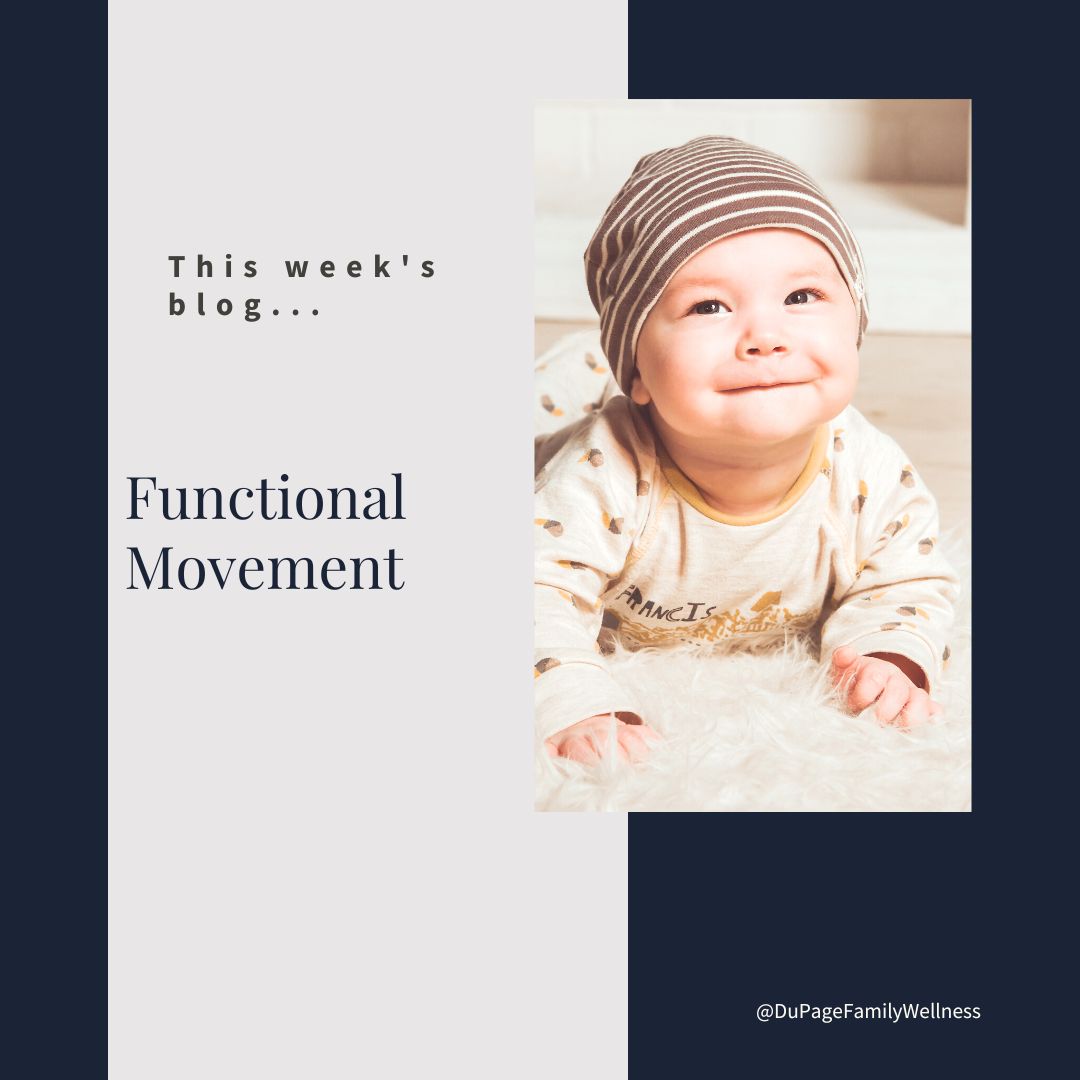 Since we do not have to teach babies how to move, we typically don’t think about all that goes into their development. If we look closely, however, there is much that we can learn from the amazing process these little ones go through as they grow.
Since we do not have to teach babies how to move, we typically don’t think about all that goes into their development. If we look closely, however, there is much that we can learn from the amazing process these little ones go through as they grow.
While each baby develops at their own pace, they generally develop certain movements in a way that builds upon each other. At first, they strengthen their core by laying on their back and kicking their legs. Then they strengthen the muscles needed to lift their heads, rollover, and crawl.
As we become adults, we are impacted by our environment to move in less effective ways. Research has found that the way a baby moves is the most efficient way to move. When we deviate from this type of movement we will not function at our best.
Let’s look at a set of simple functional movement exercises that can get our bodies moving in more effective ways.
Functional Movement
Functional Progression exercises are modeled after babies and how they move, organize movement patterns, and learn to stabilize. They allow us to reestablish movement patterns so that they become natural again.
As you go through these exercises, your body will begin to automatically move more effectively. You won’t have to think about it and struggle to move in a certain way. They are simple movement patterns and it doesn't take much time to incorporate these movements into your daily life.
Where to Begin
You will begin like a baby begins lying on their backs breathing from the diaphragm.
Breathing properly is a foundational piece of movement. Unfortunately, most adults do not breathe in a natural way. In fact, a pilot study of 96 people in 2003 that assessed breathing mechanics found that only 25% of people breathe properly.
Using the wrong muscles to breathe can lead to a host of problems such as recurrent chronic fatigue, anxiety, panic attacks, as well as many musculoskeletal symptoms.
If you are trying to make changes in the way that you breathe, it will take some time. But you can make real changes if you try to focus on your breathing technique at least once an hour. This video will show you what you should be doing to breathe properly.
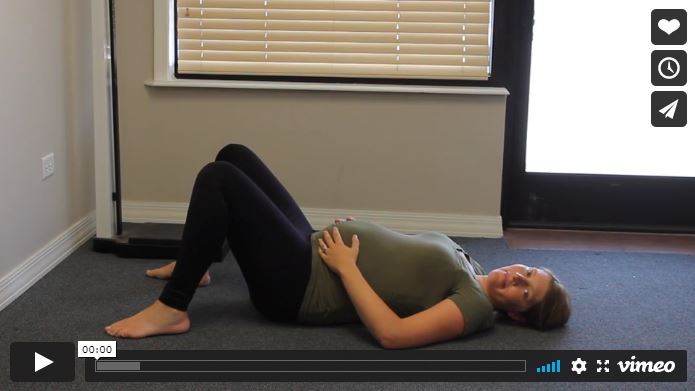
Remember, this is the foundation for all the other functional movement exercises, so don’t skip this important step.
Read more ...
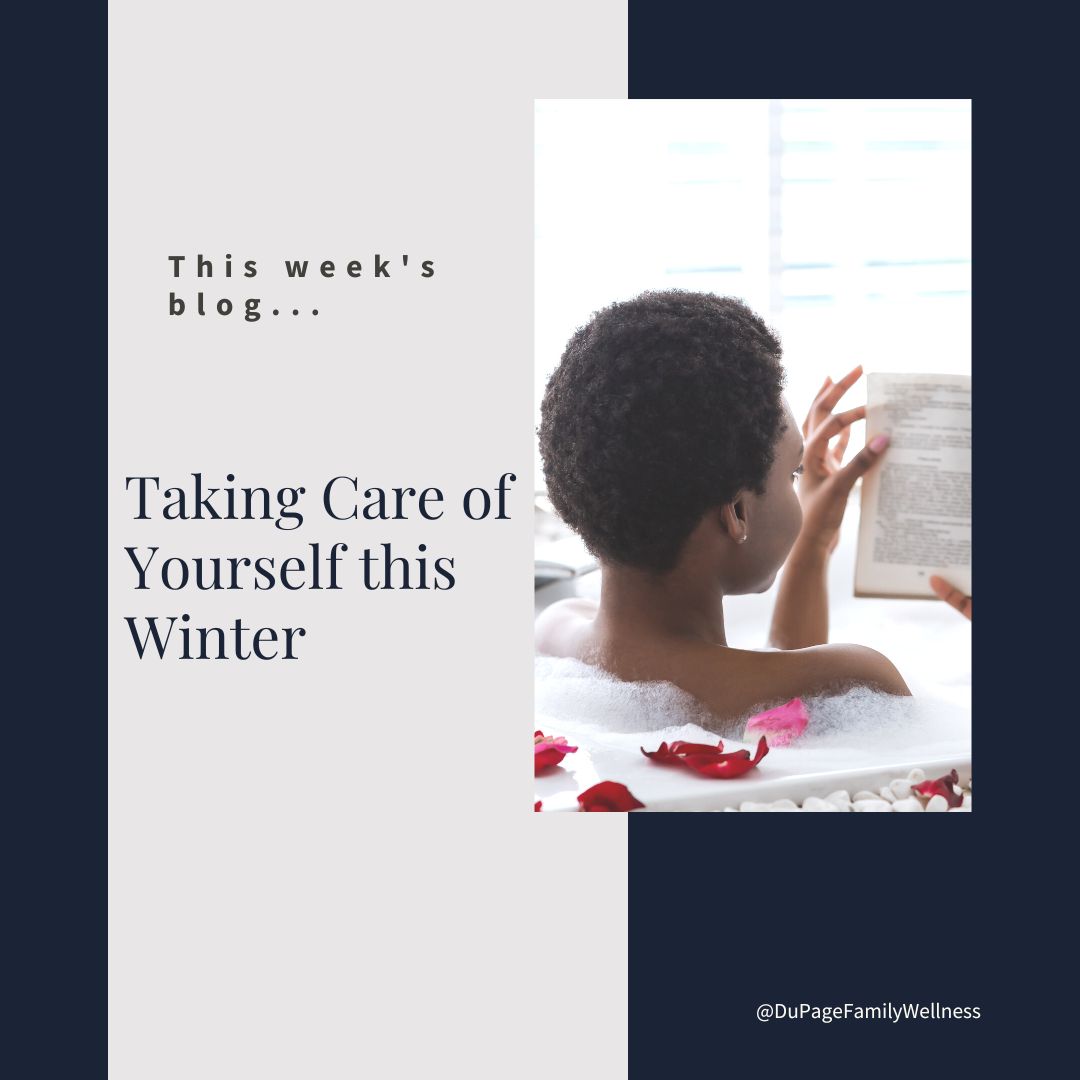 Brrr, it's chilly out there! As I look out my window, the sun is currently shining, but there sure have been some gray days recently. This time of year, many people get the “winter blues.” Scientifically speaking severe cases of this may be called seasonal affective disorder (SAD). This affects an estimated 10 million Americans with women being diagnosed four times as often as men.
Brrr, it's chilly out there! As I look out my window, the sun is currently shining, but there sure have been some gray days recently. This time of year, many people get the “winter blues.” Scientifically speaking severe cases of this may be called seasonal affective disorder (SAD). This affects an estimated 10 million Americans with women being diagnosed four times as often as men.
If you have symptoms severe enough to be clinically diagnosed or you are feeling down, it’s time to do some self-care. This is not an alternative to professional guidance from a psychologist or therapist, but honestly self-care is important for everyone.
Self-care doesn’t have to take long or cost a lot of money. Some self-care techniques only take five minutes and are completely free. While it’s nice to take vacations or do spa days, these little things may be more practical.
So, take time now to look at our biggest tips for taking care of yourself, and start implementing them for the rest of the winter. Maybe you will make a new habit that will serve you for the rest of your life!
Presence
Bringing awareness to the present moment, often done through awareness of your body and surroundings can be incredibly helpful. Most of our worries are about the future or the past, so focusing on the here and now can be extremely helpful in dealing with stress.
Simply close your eyes and pay attention to your breath or look at your surroundings noticing the different sensory input you are experiencing. The key is to be intentional and slow down to notice your body’s experience.
For more directed exercises check out the following.
Social Connection
We all know that meaningful social connections are good for your mental health, but did you know they make a huge impact on your physical health? Positive connections lead to the activation of the parasympathetic nervous system. This is often referred to as co-regulation of the nervous system and is the state where healing takes place.
So, connect with a friend...
- in person, if you are able
- with a video call so you can be face-to-face.
- through a phone call.
- by email and text.
And remember to set some time aside to focus on the people you have in your life on a daily basis. Having a meal, playing a quick game, reading a chapter of a book, or going for a walk together in the evening can be a great way to connect.
Read more ...
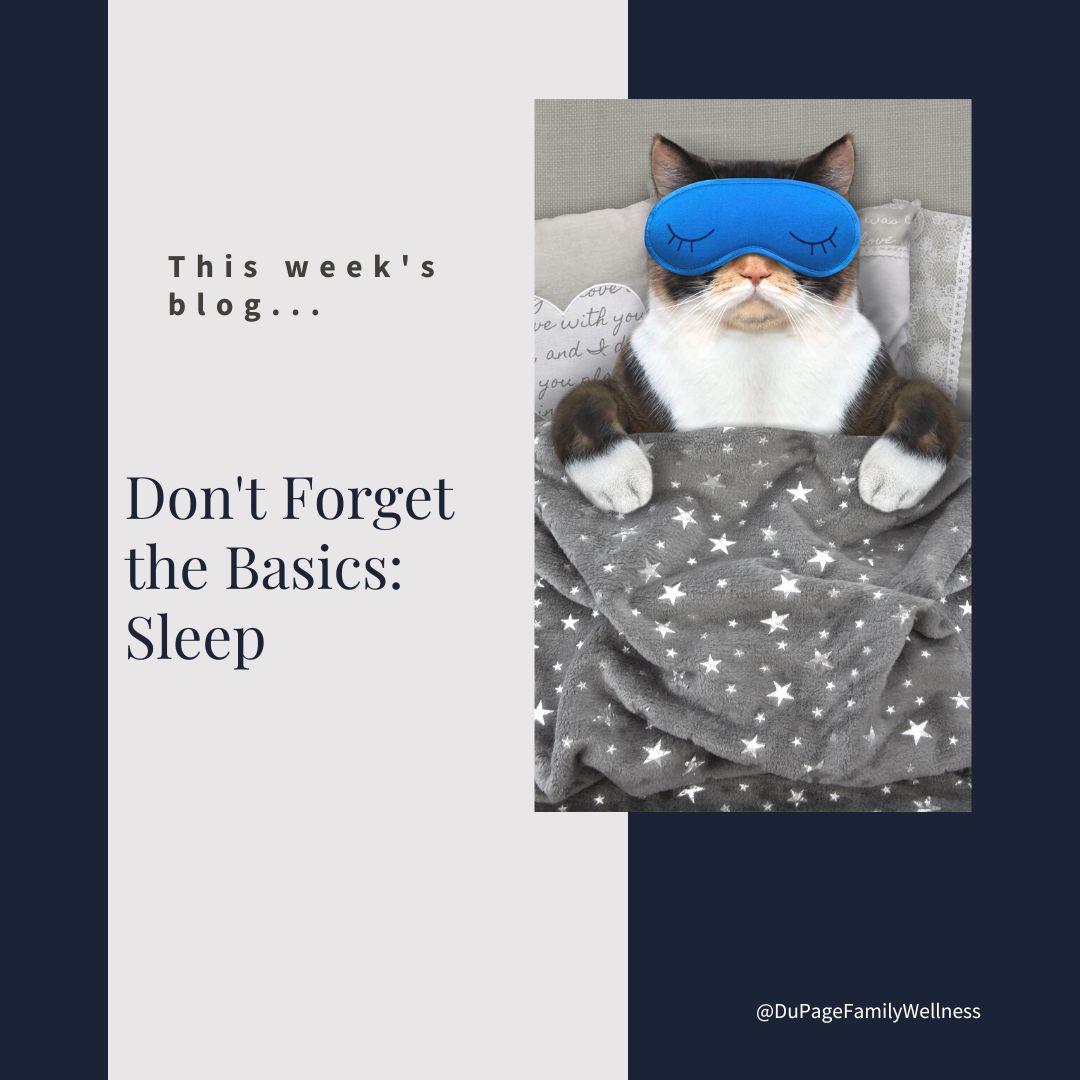 How much sleep do you get each night? It is important to remember that the amount of time you spend in bed is not equal to the number of hours you actually sleep. It takes time to fall asleep, so you need to take that into consideration.
How much sleep do you get each night? It is important to remember that the amount of time you spend in bed is not equal to the number of hours you actually sleep. It takes time to fall asleep, so you need to take that into consideration.
Sleep is essential for the basic repair of systems in the body including the neurological, endocrine, immune, musculoskeletal, and digestive systems. Without adequate sleep, you cannot be healthy. Unfortunately, it isn’t always a priority in our society.
Adults generally require 7-9 hours of sleep each night, but American adults only average 6.8 hours (this is over an hour less than it was in 1942). One-third of adults don’t even get 6 hours of sleep.
To make matters worse, more than a third of Americans have trouble sleeping every night while over half report sleep problems at least a few nights a week. It is no surprise that the use of sleep aids has dramatically increased in recent years.
Let’s look at the importance of sleep and what you can do to improve yours.
Sleep is Crucial
Have you ever realized that you get sick a lot more when you aren’t sleeping well? It is no coincidence. Sleep directly impacts your immune system, but that is not all it impacts. Sleep is also important for:
- Enhancing memory and mental clarity
- Musculoskeletal growth and repair
- Boosting mood and energy
- Increasing stress tolerance
What happens when you don't get enough sleep?
Melatonin (one of the main hormones controlling your circadian rhythms) increases immune system function to protect you from infections. If you are not getting enough sleep it can not do its job.
Sleeping for less than 6 hours a day is associated with low-grade chronic inflammation, worsening insulin resistance, as well as increasing your risk of obesity, diabetes, and cardiovascular disease. It is also associated with heart disease, hypertension, and psychiatric disorders like depression and anxiety.
You can eat a perfect diet, but if you are not sleeping enough and managing your stress, you can still tend towards poor health!
Read more ...
 Many people use the new year as a time to focus on eating healthy. It is a great goal, but all the nutrition advice can make it difficult to know where to start. One health “expert” says one thing, while another says the exact opposite. So, who do you believe and where do you start?
Many people use the new year as a time to focus on eating healthy. It is a great goal, but all the nutrition advice can make it difficult to know where to start. One health “expert” says one thing, while another says the exact opposite. So, who do you believe and where do you start?
As I’ve researched nutrition and studied functional medicine, I’ve drawn my own conclusions based on research. Some of it went in direct conflict with what I had always been taught. But as a doctor, I need to follow the research, not just someone’s opinion.
With that in mind, I think the one change that can make a huge difference in your health is to drastically reduce the polyunsaturated fatty acids (PUFAs) in your diet. This may come as a surprise to some of you, but there is a compelling case for this that can’t be ignored.
Let’s look at these oils, what they do in the body, and how to avoid them.
What are PUFA’s
Polyunsaturated fatty acids (PUFAs) are unsaturated fats made up of a chain of hydrogen and carbon. This type of unsaturated fat has two or more double bonds in this chain. This structure is less stable than other oils and can create many problems.
PUFAs are vulnerable to light, heat, and even oxygen. These vulnerabilities can lead to damage that leads to oxidization. When we have oxidized fats, we are ingesting free radicals which leads to inflammation. PUFAs are high in Omega-6 which also leads to inflammation.
Inflammation is extremely damaging to the body, contributing to nearly every chronic health condition you can think of (diabetes, metabolic syndrome, autoimmune disease, cardiovascular disease, some cancers, rheumatoid arthritis, asthma, mental health issues, cognitive decline, dementia, obesity, etc.).
Which Oils to Avoid
When we talk about oils, all of them contain a blend of various types of fatty acids. They have a varying percentage of mono and polyunsaturated fatty acids (PUFAs), saturated fatty acids, and sometimes even trans fatty acids. I am actually totally fine with saturated fatty acids for most people. My recommendation is to remove the oils that tend to have the highest percentage of PUFAs and of course trans fatty acids.
Take a look at the oils below (PUFAs are in blue). Think about where you can make some changes by switching a higher-level PUFA for a lower one. It is especially important to consider this when cooking.
Could you cook with butter or coconut oil instead of vegetable (soy) oil? Would lard be an acceptable exchange for seed or nut oils? Just changing a little thing can make a big difference.
Read more ...
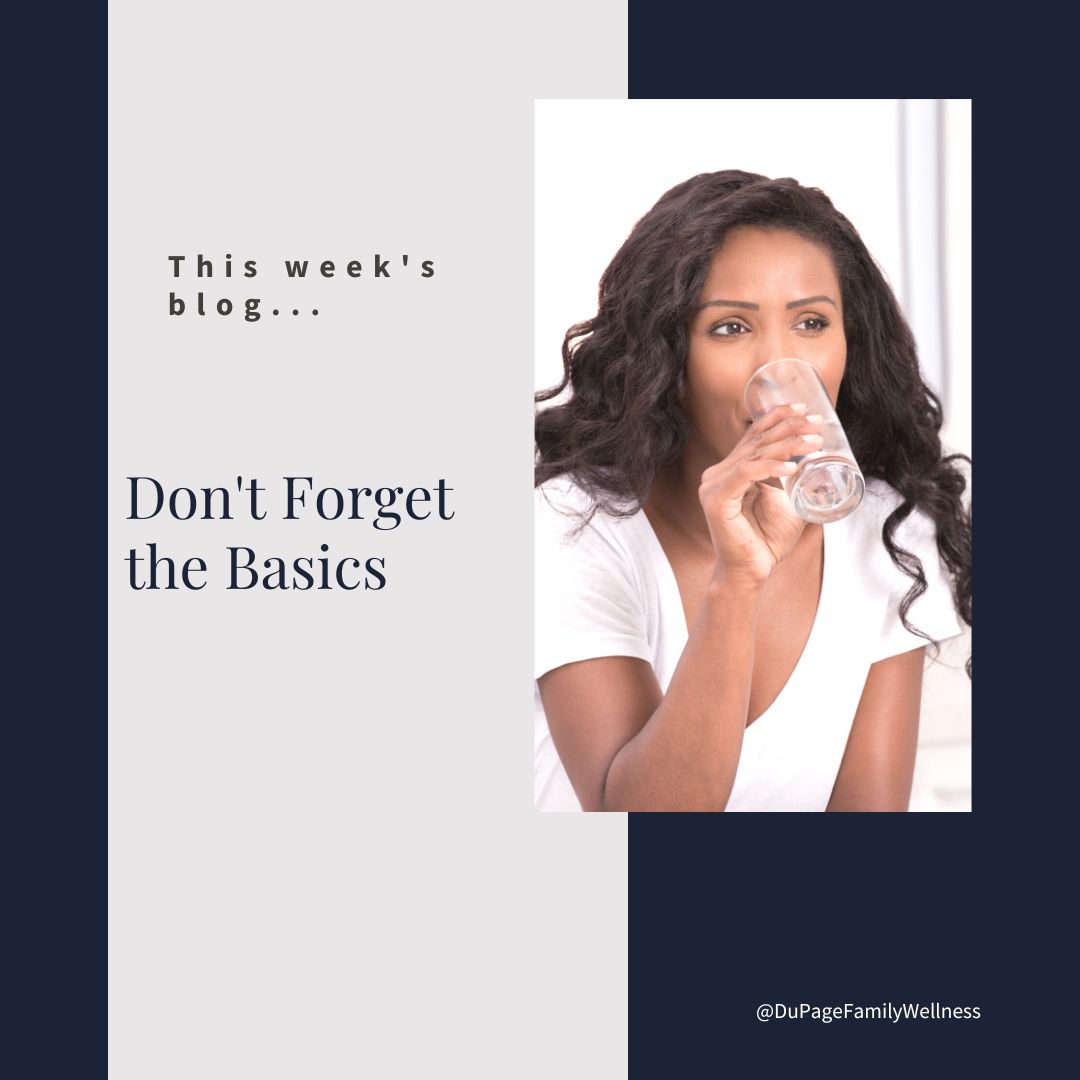 At the beginning of the year, many people make a point of realigning their goals. This often takes the form of a New Year’s resolution.
At the beginning of the year, many people make a point of realigning their goals. This often takes the form of a New Year’s resolution.
You may have a resolution to save money, exercise more, read more, eat healthy, or cut down on alcohol. These are all great goals, but it is important to include the basics alongside them.
One of the basics is remembering to stay hydrated while you are working towards your other goals. In fact, staying hydrated can help you achieve many of your other goals and feel good in the process.
Staying properly hydrated is more involved than simply drinking eight glasses of water. Let’s look at some of the nuances surrounding hydration and learn one trick to make it happen.
Beyond Water
You need water, but you also need all sorts of minerals. Your current water processing and filtering systems have probably stripped away most of those minerals from your water.
If you are drinking just plain water (especially if you have a lot of it), you can dilute the mineral-rich fluids in your body. This makes your kidneys work way harder than they need to, and you may find yourself running to the bathroom constantly to pee off all of that excess fluid.
Adrenal cocktails are a great way to counter these concerns. These are mineral-rich drinks that particularly focus on supporting sodium and potassium levels. This allows your body to replace the minerals lost and keep the liquid from diluting them. It also contains Vitamin C which helps in the utilization of these vitamins and provides bio-available copper.
Adrenal Cocktails
There are several ways to make an Adrenal Cocktail. My favorite recipe consists of 1 cup of coconut water, the juice of 1 lime, and 1/4 tsp. salt. You can find more adrenal cocktail recipes here.
After you try some of these recipes, you can experiment with some of your own. It’s easy to make one. Just include a source of sodium, potassium, and vitamin C.
Gel Water
When I'm not drinking my Adrenal Cocktails, I make sure all of my water is some form of gel water.
Read more ...
 Since we do not have to teach babies how to move, we typically don’t think about all that goes into their development. If we look closely, however, there is much that we can learn from the amazing process these little ones go through as they grow.
Since we do not have to teach babies how to move, we typically don’t think about all that goes into their development. If we look closely, however, there is much that we can learn from the amazing process these little ones go through as they grow. 

 Brrr, it's chilly out there! As I look out my window, the sun is currently shining, but there sure have been some gray days recently. This time of year, many people get the “winter blues.” Scientifically speaking severe cases of this may be called seasonal affective disorder (SAD). This affects an estimated 10 million Americans with women being diagnosed four times as often as men.
Brrr, it's chilly out there! As I look out my window, the sun is currently shining, but there sure have been some gray days recently. This time of year, many people get the “winter blues.” Scientifically speaking severe cases of this may be called seasonal affective disorder (SAD). This affects an estimated 10 million Americans with women being diagnosed four times as often as men. How much sleep do you get each night? It is important to remember that the amount of time you spend in bed is not equal to the number of hours you actually sleep. It takes time to fall asleep, so you need to take that into consideration.
How much sleep do you get each night? It is important to remember that the amount of time you spend in bed is not equal to the number of hours you actually sleep. It takes time to fall asleep, so you need to take that into consideration. Many people use the new year as a time to focus on eating healthy. It is a great goal, but all the nutrition advice can make it difficult to know where to start. One health “expert” says one thing, while another says the exact opposite. So, who do you believe and where do you start?
Many people use the new year as a time to focus on eating healthy. It is a great goal, but all the nutrition advice can make it difficult to know where to start. One health “expert” says one thing, while another says the exact opposite. So, who do you believe and where do you start?  At the beginning of the year, many people make a point of realigning their goals. This often takes the form of a New Year’s resolution.
At the beginning of the year, many people make a point of realigning their goals. This often takes the form of a New Year’s resolution.